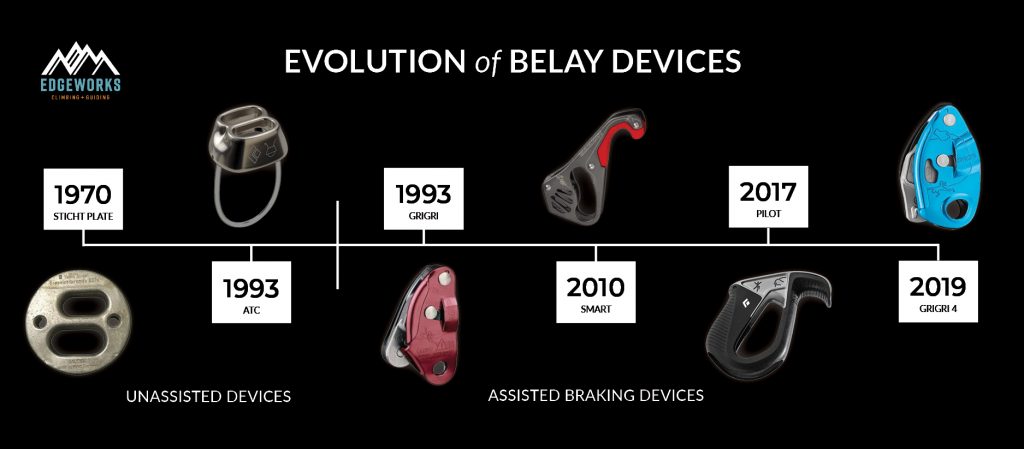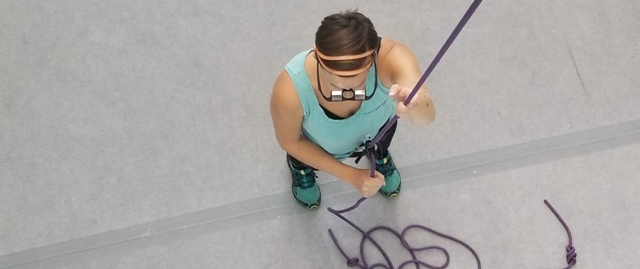Partner Finder Options
Sunday, June 30th, 2024
6 WAYS TO FIND A CLIMBING PARTNER AT EDGEWORKS
Our community is full of friendly climbers willing to lend a catch when needed! And while starting from scratch can be a challenging or somewhat awkward endeavor, the rewards for reaching out to others can get you on the ropes with a new friend in no time.
Here are 6 tried and true ways to find a climbing partner at Edgeworks.
BRING A FRIEND!
Members can (and should!) use their FREE guest passes to introduce their friends to climbing at Edgeworks.
Each member receives:
- 2 free 1st time guest passes per visit
- 1 free guest pass per month*
*Free guest pass use is limited to 1/every 30 days for guests.
ATTEND A COMMUNITY CLIMB NIGHT.
Pop in for one of our monthly community climb nights designed specifically to help make connecting with people easier. There are several to choose from each month; hit the link to access our events calendar for more details. BELLEVUE | SEATTLE | TACOMA
- Monthly Climber Socials
- Women’s Climb Nights / She Rocks
- Climbers of Color
- Queer Climb Nights
- College Night
- Family Night
- Military Night
ADD YOUR NAME TO THE BELAY FINDER SHEET.
Our belay finder sheet located at the front desk is a great way to share your information with other climbers and let you take control of the connections you make.
- Add your name and contact information.
- Check the list for other climbers.
- Connect directly or let our staff help.
ASK OUR STAFF TO MAKE AN ANNOUNCEMENT.
Find yourself at the gym without a partner? Let our staff help! A simple announcement such as this will have you climbing with a new friend in no time:
“Attention Edgeworks members and guests, if you were hoping to rope climb with someone today, it’s your lucky day! We have someone at the front desk who is looking for a belay partner. Come on up to the front desk for an introduction.”
JOIN AN ONLINE GROUP.
There are several online options available including:
- Friends of Edgeworks Facebook Page (moderated by members, not staff)
- Edgeworks Bellevue Climbing Partners Facebook Page (moderated by members, not staff)
BE STRATEGIC.
- Be an awesome belayer. Chance opportunities to climb with new partners are more likely to turn into long-term partnerships if you’re a solid belayer and taking our Intro to Climbing course is a great way to meet other new climbers. This course is offered free for members; click the link to sign up online.
- Look for a group of three. Look for groups in the rope areas with an odd number of climbers and ask if they would like another belayer. There is always a chance that the odd person out would be happy to get climbing sooner.
- Warm up on the boulder walls. Bouldering provides an easy way to be on the lookout for other climbers just like you. If you are unsure how to approach a group of boulderers, try getting in line to start working a popular problem near them. Usually, other climbers are happy to share what they may have figured out about a particular problem and help you solve the puzzle.









